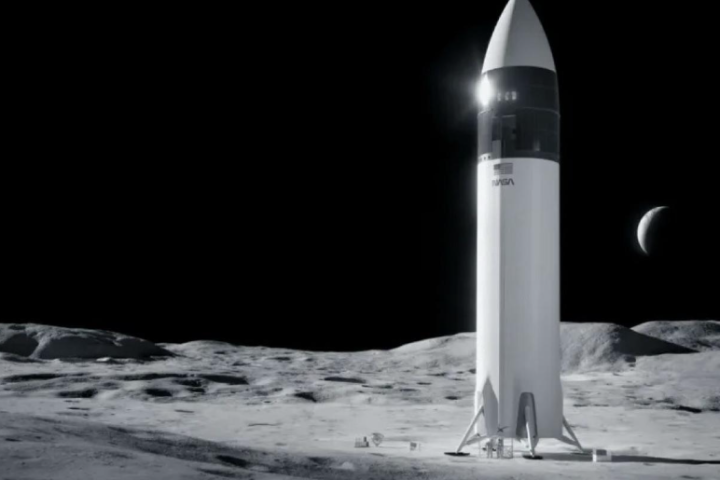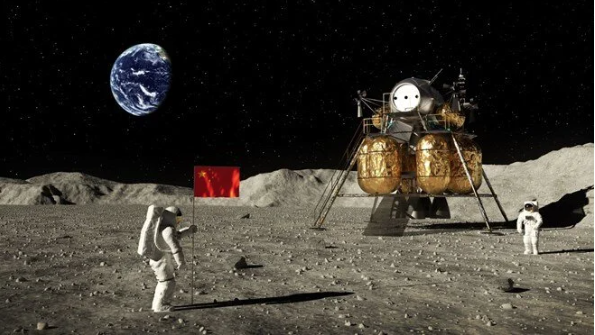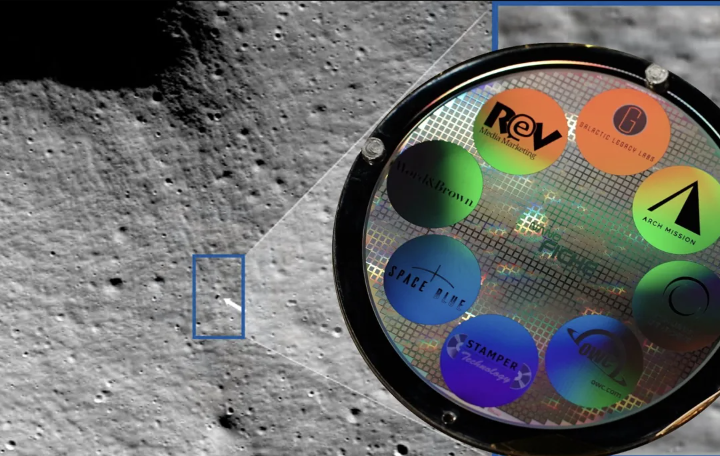Scientists have discovered the formation and preservation of water and hydrogen on the Moon’s surface, allowing humans to go one step further in establishing permanent bases on the Moon.
According to space scientists, finding ways to produce and use fuel on the Moon is critical to manned space exploration.
Water and hydrogen on the Moon’s surface represent a potential vital resource for future lunar bases and longer-range space exploration.
Effective utilization of these important resources depends on a better understanding of how water is formed and maintained in the regolith, known as lunar soil.
- Google’s Bard chatbot can now watch YouTube videos and provide information about them
- Google is removing Android 14’s popular feature!
“Hydrogen could be a resource that could be used directly when more permanent or permanent facilities are established on the lunar surface,” said study co-author Katherine D. Burgess of the US Naval Research Laboratory (NRL).
“Locating resources and understanding how to collect them before we go to the Moon will be extremely valuable for space exploration,” Dr. Burgess said.
Scientists have previously found that hydrogen from solar winds can interact with regolith to form water on the Moon.
However, the researchers noted that this water is formed and preserved in different ways, depending on the content of other minerals in the regolith and other factors.
The study, published in the scientific journal Communications Earth & Environment, used microscopy techniques on lunar soil samples from the Apollo project.
Scientists found that hydrogen from the solar wind is concentrated in tiny cavities within calcium-phosphate minerals in lunar soil.
“For the first time, scientists have identified hydrogen-bearing species within vesicles in lunar samples,” Dr. Burgess said.
The research showed that the weathering of lunar soil by the solar wind could create and trap hydrogen on the Moon; it also revealed that regolith grains contain some minerals and could be potential fuel sources.
These findings could guide the exploration of potential locations on the Moon where hydrogen and water fuel could be more concentrated.
“The same team at NRL has previously used cutting-edge techniques to detect helium in lunar samples, and other researchers have found water in other planetary samples, but this is the first publication to show hydrogen in situ in lunar samples,” Dr. Burgess said.





